
Curling long hair using old-fashioned methods preserves the health of your hair because you don’t use heat to set the curl. When you curl your hair the old-fashioned way, you also stand less chance of ending up with a frizzy hairdo. While you must start old-fashion curling methods several hours or even the night before you want a cascade of curling locks, your curls will likely keep their bounce and shape longer than with current curling methods. Some methods of setting your hair to curl or wave can even double as a hairstyle.
Roll With It
Roller-setting involves using tubes, usually made of plastic, around which you roll sections of hair. Rollers add volume to hair as well as curl it. You can control the size of the curl when using rollers. Wet-set hair in thin sections with narrow rollers to produce a tight curl. Take thick sections of damp hair and set with large rollers to produce a loose curl. Choose sponge rollers if you plan to sleep on your set hair. If your hair is layered, use end papers -- small squares of tissue paper that can be purchased at drug or beauty supply stores -- to wrap the tips of hair sections before rolling them. Apply a setting lotion or gel to hair sections before rolling to give curls staying power. After your hair is dry, unroll the curlers and brush or comb your hair to style it.
Rags to Ringlets
Rag-rolling wet or damp long hair produces long-lasting ringlets. You can use old T-shirts or linens to make the rags. Cut strips about 1 1/2 to 2 inches wide and twice the length of your hair. Divide your hair into at least six sections. Pin the rag strip at the top of the first section of hair, close to the scalp, leaving a several-inch tail of rag that will be used to tie with the other end of the strip. Wind hair down and around the long end of the strip. When you reach the end of your hair, fold the rag strip over to enclose the end, and begin winding rag over the already wound hair in the opposite direction until you reach the top. Tie the strip ends together. When your hair is dry, remove the rags and divide each ringlet into two smaller ringlets.
Can-Do Bantu Knots
Bantu knots provide both a hairdo and a method for producing a wavy curl, so you can wear your hair in one style while prepping it for another. Divide damp or wet hair into squared sections, keeping in mind that the more sections you make, the more curls you will have. Holding a section of hair by the end, twist hair tightly until it naturally twists upon itself. Press down on the twisted coil of hair, making a small bun. Tuck any loose pieces from the end under the bun and secure in place with hairpins. When your hair is dry, unpin the buns, finger-comb out twists and style as desired.
Braid for Waves
Like bantu knots, braids can function as a hairstyle and a method for producing a mass of long-lasting waves for long hair. The wetter your hair and the narrower braid you make, the tighter the wave that will result when you take the braids out. To keep the wave uniform throughout and minimize loose hairs, spritz your hair as you braid. The trick is to begin your braid as close to the scalp as possible to avoid having a flat top in contrast with the waved portion of each strand. Braid all the way to the end or leave a couple of inches unplaited for a natural look. After your hair dries, finger-comb the braids. If your hair is naturally straight, use a little hairspray on your hair after styling it to keep the waves from loosening quickly.
Related Articles
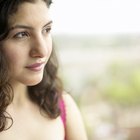
How to Do an at Home Wash & Set Without ...

How to Do a Blow-Dry Wrap

How to Braid Yaki Kanekalon Hair

How to Preserve Curls Overnight
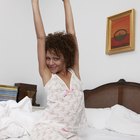
How to Prevent Hair From Flattening ...
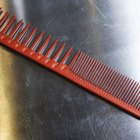
How to Do a Beehive Braid Style for a ...

How to Do the Beach Wave With Hot ...

The Best & Easiest Way for Boys to Get ...

How to Get Frizz-Free Hair When Your ...
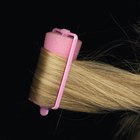
How to Use Sponge Rollers to Make Cheer ...
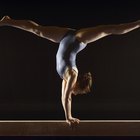
The Best Ways to Do a Gymnast's Hair

Types of Afros
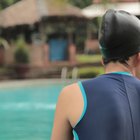
How to Protect Hair from Swimming Pool ...
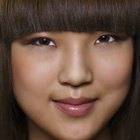
How to Curl Bangs Different Ways

Do It Yourself Perm Without Curling Rods
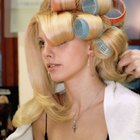
How to Use Velcro Rollers So They Don't ...

Velcro Rollers Vs. Hot Rollers

How to Use Sponge Rollers to Make ...
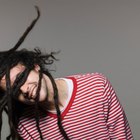
How to Make Thin Dreads

How to Get Tight Curls for a Straight ...
References
Resources
Writer Bio
Laura Leddy Turner began her writing career in 1976. She has worked in the newspaper industry as an illustrator, columnist, staff writer and copy editor, including with Gannett and the Asbury Park Press. Turner holds a B.A. in literature and English from Ramapo College of New Jersey, with postgraduate coursework in business law.
Photo Credits
Jupiterimages/Pixland/Getty Images